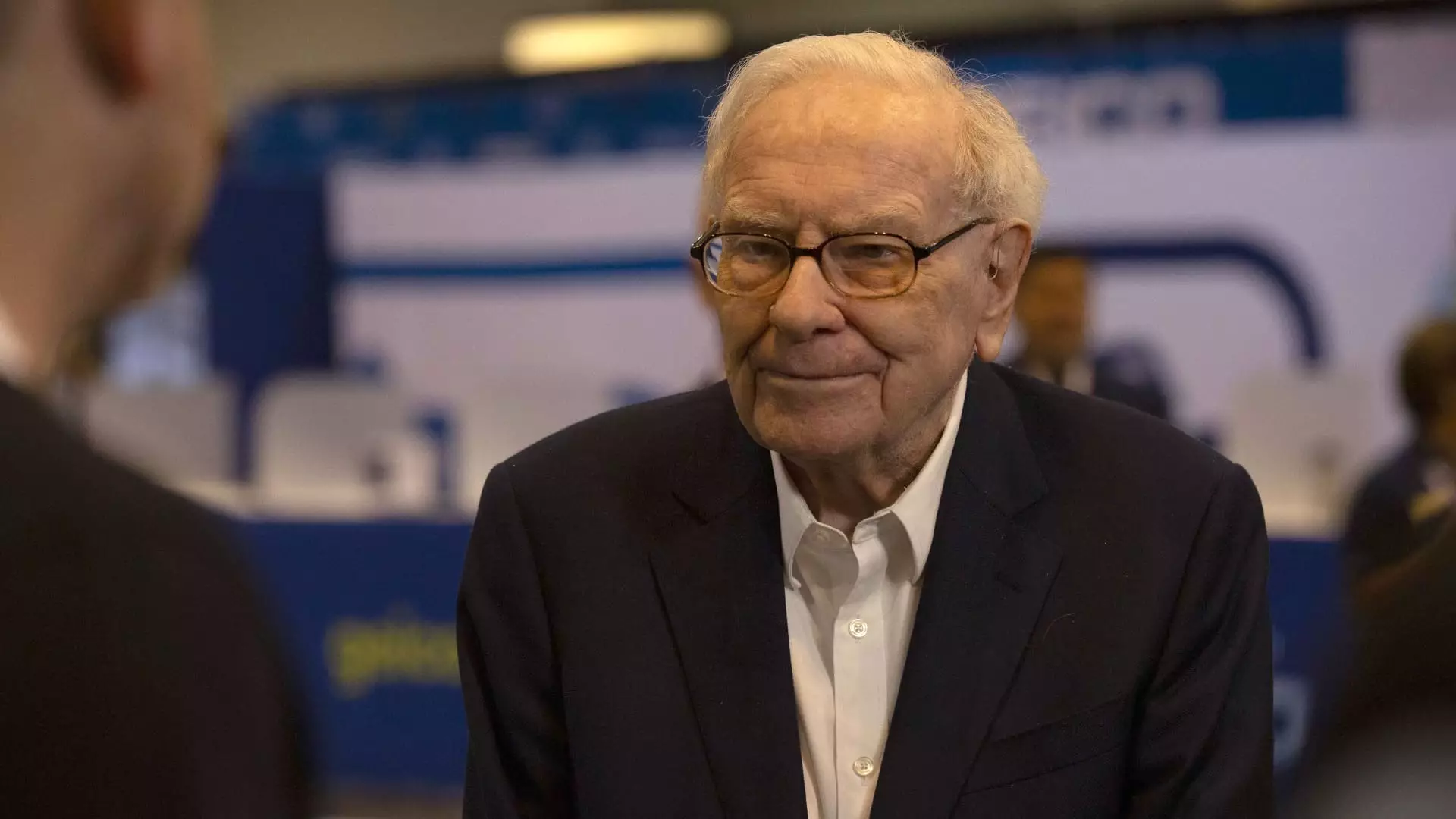Warren Buffett, the renowned investor and CEO of Berkshire Hathaway, has made headlines once again with a significant alteration in his company’s investment portfolio. Recently, Berkshire Hathaway has decreased its stake in Bank of America to below the critical 10% threshold, a strategic move that floors many investors and market watchers. This adjustment, disclosed in a filing with the U.S. Securities and Exchange Commission, reveals that Buffett sold over 9.5 million shares through a series of transactions conducted over a few days. By reducing its ownership to approximately 775 million shares, equivalent to 9.987%, this shift has noteworthy implications for both Berkshire and Bank of America.
The reduction of Berkshire’s stake under 10% means a significant change in reporting obligations. Previously, any shareholder with over 10% equity was required to report transactions within two business days. Now, with the company’s holdings below this benchmark, Berkshire Hathaway enjoys greater discretion regarding the timing and disclosure of its market activities. This change introduces an element of mystery regarding Buffett’s future investment intentions, potentially stoking speculation leading up to the next 13F filing, slated for mid-November, which will only reveal equity holdings as of the end of September.
Despite this sell-off, Bank of America shares have exhibited some resilience, inching up around 1% within the last month. This stability is partly attributable to CEO Brian Moynihan’s confidence in the market’s capacity to digest the stock, buoyed by the bank’s own share repurchase initiatives.
Buffett’s journey with Bank of America began in 2011 when he invested $5 billion in preferred stock and warrants to bolster the institution’s standing during a challenging period following the subprime mortgage crisis. His foresight paid off, and he converted these warrants into common stock in 2017, positioning Berkshire as the largest shareholder in the bank. His faith in Bank of America was further evidenced by continued investments totaling 300 million additional shares acquired between 2018 and 2019.
However, the current environment reflects a crucial turning point as Buffett has progressively divested from various longstanding banking investments, including notable firms like JPMorgan, Goldman Sachs, Wells Fargo, and U.S. Bancorp. Such transitions convey a cautious approach in an evolving financial landscape.
Buffett’s recent comments regarding the banking sector underscore his conservative outlook. The Oracle of Omaha has articulated concerns about deposit stickiness, an issue exacerbated by historical banking crises in 2008 and more recently in 2023. He suggests that regulatory communication has not effectively fostered confidence in the banking system, a sentiment that resonates with investors wary of potential bank runs enabled by increasing digitalization and fintech innovations.
As Berkshire Hathaway continues to navigate these challenges, the market awaits – with a mixture of enthusiasm and apprehension – what Buffett’s next move will be. The dynamic landscape poses fresh challenges for established institutions but also presents opportunities for nimble investors to reassess their strategies in light of emerging realities.

